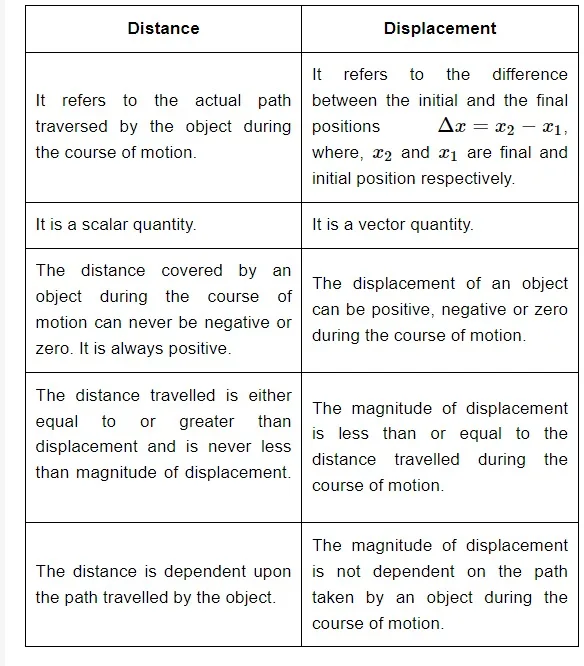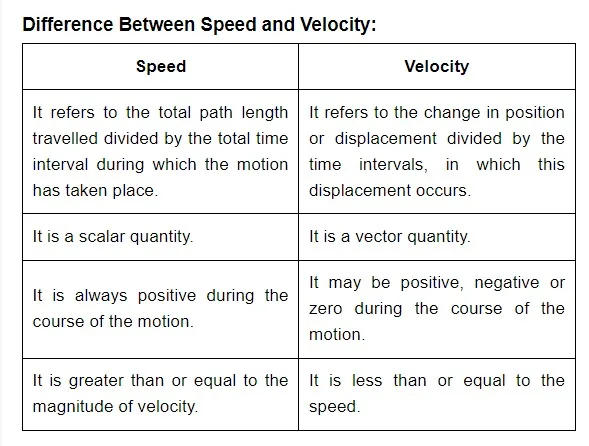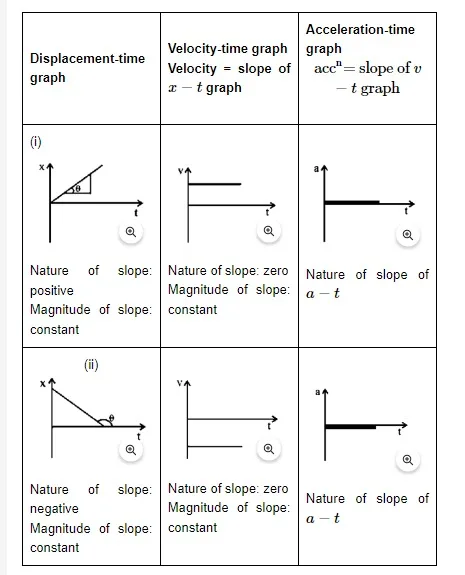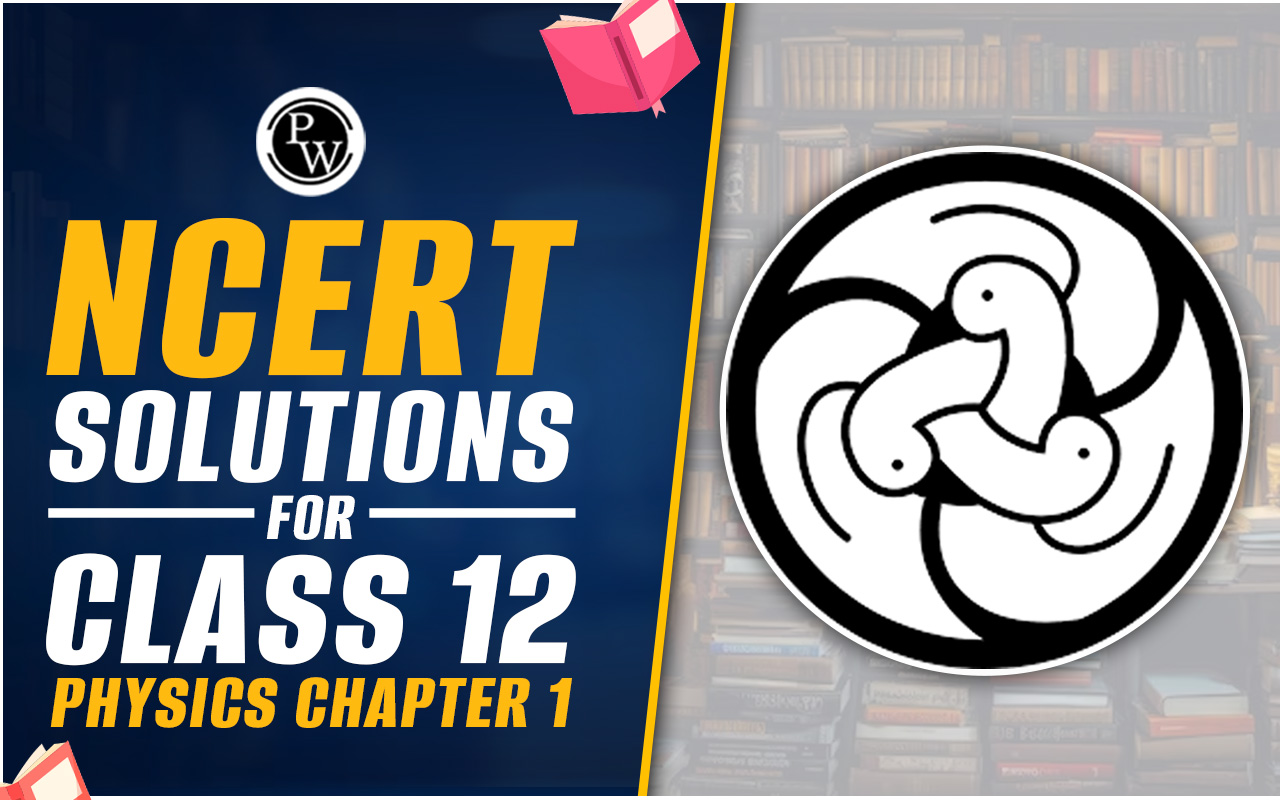
CBSE Class 11 Physics Notes Chapter 3: Physics is a subject that demands constant practice until you get it right, just like any other. Students always find class eleven physics challenging because of the many complicated terminology, equations, and rules found in these important physics chapters.
To effectively understand the themes, we must be familiar with the fundamental formulas and solve problems regularly. Chapter 3 of Class 11 Physics Straight-line motion is a crucial subject since it appears in many board exam problems each year.CBSE Class 11 Physics Notes Chapter 3 PDF
The purpose of CBSE class 11 physics notes chapter 3 motion in a straight line is to present comprehensive, easy-to-understand material on the subject, step by step. Additionally, it offers concise, easily legible notes to aid students in rapidly recalling the main ideas prior to the test.CBSE Class 11 Physics Notes Chapter 3 PDF
CBSE Class 11 Physics Notes Chapter 3
Mechanics
The field of physics known as mechanics is concerned with the investigation of the motion of tangible objects. It can be broadly divided into the subsequent branches:Statics
It is the area of mechanics where the study of real-world objects at rest is done.Kinematics
It is the area of mechanics that studies how physical objects move without taking into account the forces that propel them.Dynamics
It is the area of mechanics that studies how physical objects move while taking the causes of movement into account.Rest And Motion
Rest
When an object remains in the same position in relation to its surroundings, it is said to be at rest. For instance, a classroom's white board is at a resting position with regard to the classroom.Motion
When an object shifts in relation to its surroundings, it is considered to be in motion. For example, we are considered to be in motion with respect to the ground when we run, walk, or ride a bike.Rest and Motion are Relative
Motion and rest depend on the viewer. It is possible for an object to be at rest in one scenario and in motion in another. For instance, while a spectator is standing on the ground, the driver of a moving car is in motion, but when the same observer is in the passenger seat, the driver is at rest.While Studying This Chapter
The items would be regarded as point mass objects by us. If an object travels over distances significantly larger than its own size, it can be considered a point mass object. We may limit our research to the study of things moving in a straight path, or rectilinear motion.Position, Distance, Displacement
Position
An object's position is always represented in relation to a reference point, which is typically referred to as the origin. We take into consideration two physical quantities to indicate the change in position.Distance
It speaks of the path that the thing actually takes when moving.
![]() \
\
Displacement
It speaks about the discrepancy between an object's starting and ending positions during motion.

Note:
The magnitude of displacement and the total route length are equal when an object is moving in a straight line and in the same direction. The average speed in this instance is equal to the average velocity. This isn't always the case, though. An object's average velocity provides insight into its overall speed over a certain interval, but it also provides insight into the speed at which it moves at various points in that interval.Scalar and Vector Quantities
Scalar quantities
Scalar quantities are those physical quantities that have only magnitude and no direction. Scalars include things like mass, length, time, distance, velocity, work, and temperature.Vector quantities
Vector quantities are those physical quantities that possess both magnitude and direction. Vectors include things like force, momentum, torque, acceleration, velocity, and displacement.Average Velocity and Average Speed
Average velocity
It is defined as the displacement or change in position divided by the displacement's time period.

Average speed
It is calculated by dividing the total path length travelled by the complete amount of time the motion has occurred.
Instantaneous Velocity and Instantaneous Speed
Instantaneous velocity

Instantaneous Speed

Graphs
Uniform motion
When a body travels the same distances in the same amounts of time, it is said to be in uniform motion. In this case, motion has a constant velocity. Additionally, there is no acceleration while in motion. With x, v, a on the Y-axis and t on the X-axis, we may illustrate this on a number line as follows:
Non-Uniform motion
When a body travels the same distances in the same amounts of time, it is said to be in uniform motion. In this case, motion has a constant velocity. Additionally, there is no acceleration while in motion. With x, v, a on the Y-axis and t on the X-axis, we may illustrate this on a number line as follows:Benefits of CBSE Class 11 Physics Notes Chapter 3
In these review notes, every chapter in Class 11 Physics has been thoroughly described. The topics have been conveyed in clear terms by the knowledgeable specialists here. These notes provide students with appropriate guidance regarding the chapters and help them expand their knowledge. The notes are excellent study tools that can support students in laying a solid foundation in physics courses. They will become conversant with ideas like angular momentum, energy, work, satellites, Newton's principles of gravitation, and many other topics. To help the students comprehend the material better, a variety of examples have been included to clarify the concepts. Students can get any questions they may have concerning the chapters answered with the help of the Physics revision notes. They can quickly identify the areas in which they need to improve by consulting the revision notes. These notes will therefore aid them in correcting their mistakes and enhancing their replying abilities. Students may not have enough time before exams to study every topic in the Physics textbook cover to cover. This is when the chapter-specific revision notes come in handy. They can quickly obtain information about the chapters by consulting the revision notes. By doing this, it will be ensured that pupils can review their material before tests.CBSE Class 11 Physics Notes Chapter 3 FAQs
Is Chapter 3 of physics Class 11 important?
Is class 11 physics difficult in CBSE?
Which chapter is very easy in physics class 11?










